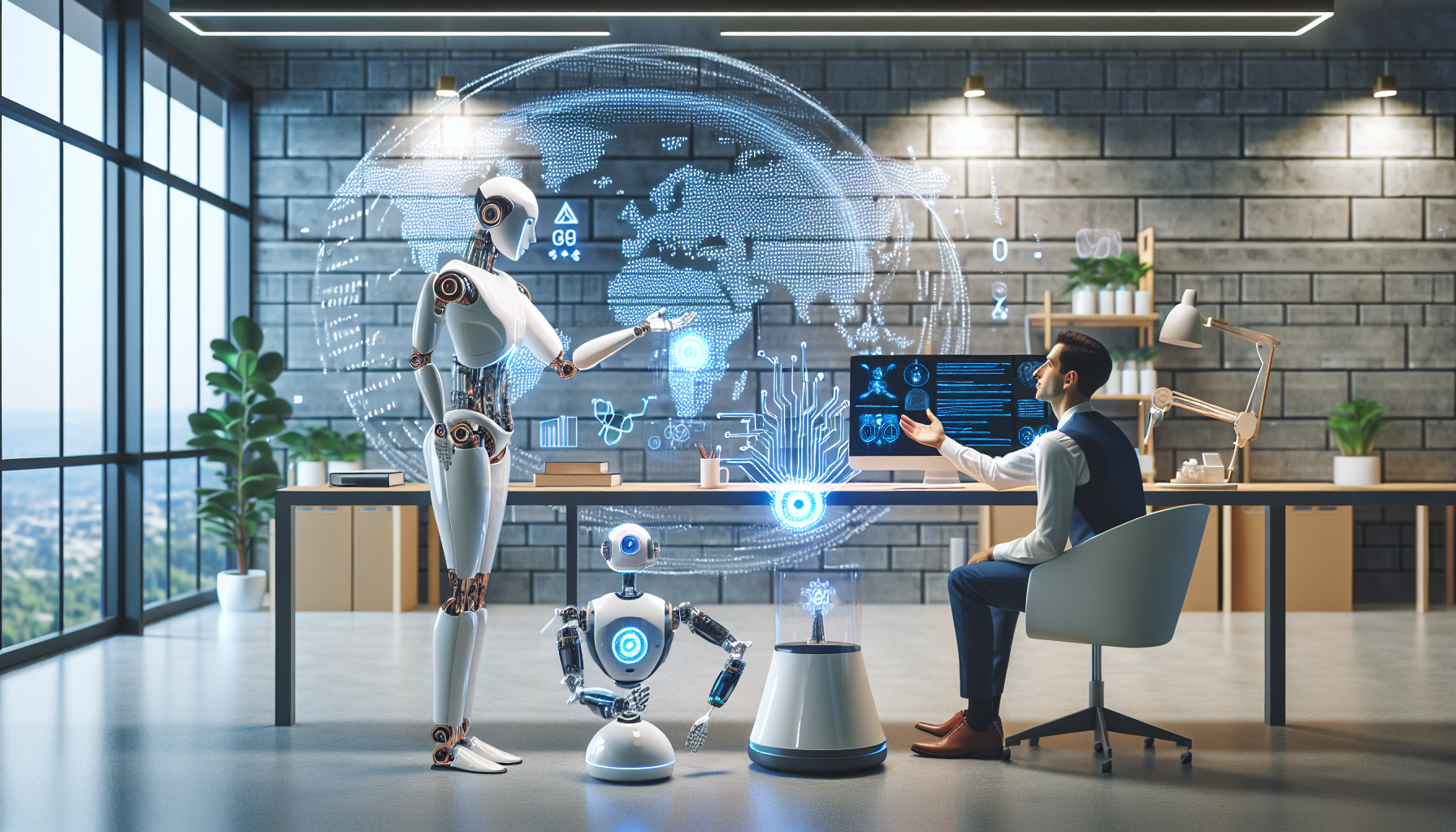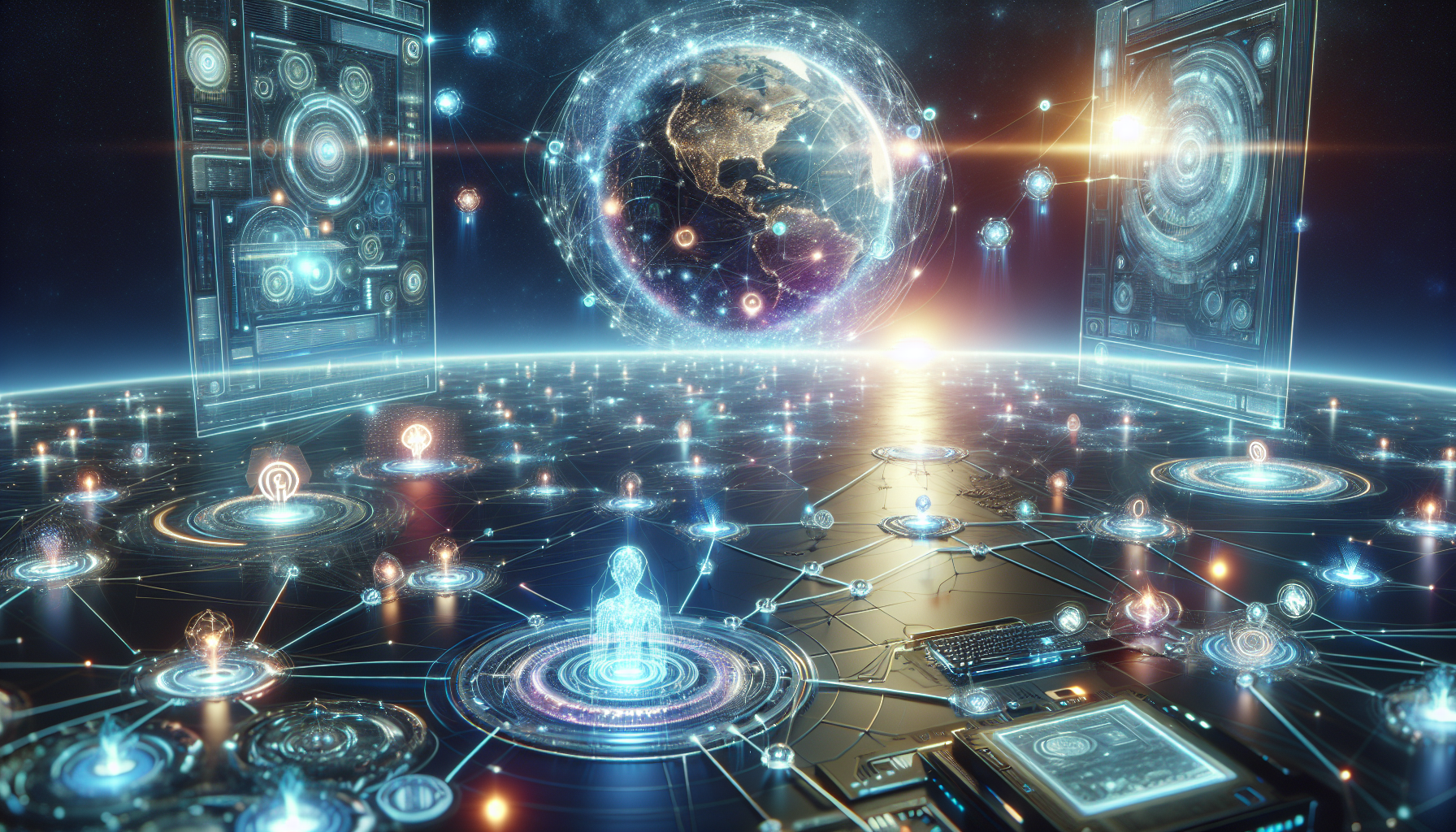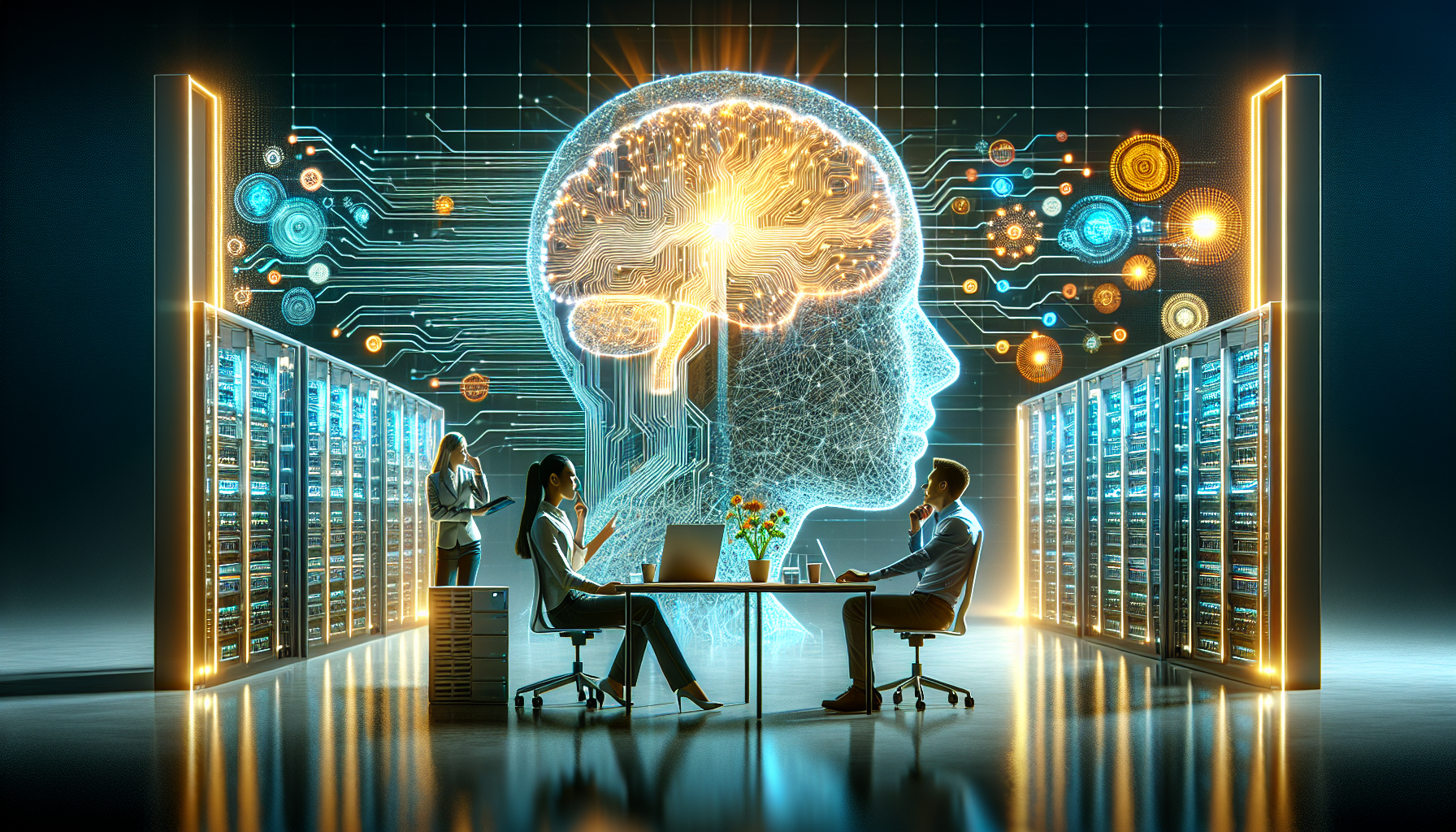
Harnessing Artificial Intelligence to Build Tomorrow’s Smart Cities: A How-to Guide
October 12, 2025
Artificial intelligence (AI) is rapidly transforming the paradigm of urban development, heralding a new era of smart cities. These technologically advanced urban areas are designed to enhance the quality of life for residents, optimize resource consumption, and streamline various city operations. The integration of AI into city infrastructure is not merely an ambitious vision but a pragmatic necessity. This guide explores how AI can be effectively utilized to develop smart cities, providing insights into its potential applications and benefits.
Smart cities leverage a wide array of interconnected technologies to improve municipal services, from traffic management to waste disposal. AI plays a pivotal role in this ecosystem by processing vast amounts of data generated by these technologies, thus enabling city planners and administrators to make informed decisions. The first step in this transformative journey involves understanding the key areas where AI can make an impactful difference.
One of the most significant applications of AI in smart cities is in traffic management. Traditional traffic systems often struggle with congestion, leading to pollution and wasted time. AI-driven solutions, such as adaptive traffic signals and predictive analytics, can alleviate these issues. By analyzing data from various sources like traffic cameras and GPS devices, AI systems can predict traffic patterns and adjust signal timings in real-time, optimizing traffic flow and reducing congestion.
Public safety is another crucial aspect where AI can bring remarkable improvements. Surveillance systems equipped with AI can enhance security by identifying unusual activities and potential threats in real-time. This capability allows for a quicker response from law enforcement agencies, thereby increasing the safety of urban environments. Moreover, AI-driven predictive policing can help in allocating resources more efficiently by forecasting crime hotspots based on historical data and patterns.
Energy management is yet another domain where AI can contribute significantly. Smart grids powered by AI can optimize the distribution of electricity, reducing waste and ensuring a stable supply even during peak demand. AI algorithms can analyze consumption patterns to predict energy needs accurately, enabling better integration of renewable energy sources. This not only helps in reducing carbon footprints but also in creating more resilient and sustainable urban environments.
Waste management in smart cities can also benefit from AI integration. AI systems can optimize waste collection routes, ensuring efficient use of resources while minimizing environmental impact. By analyzing data from sensors placed in waste bins, AI can predict the optimal collection times, thereby avoiding unnecessary trips and reducing fuel consumption.
Furthermore, AI can enhance urban planning by providing insights into how city spaces are used. Through data collected from various sensors and IoT devices, AI can analyze patterns of human activity and suggest improvements in public transport routes or the design of public spaces. This data-driven approach ensures that urban development projects align closely with the actual needs and behaviors of city residents.
The implementation of AI in smart cities, however, is not without challenges. Privacy concerns are paramount, as the collection and analysis of data can lead to potential intrusions into citizens' private lives. It is imperative to establish robust data governance frameworks that ensure transparency and accountability while protecting individual privacy rights.
Another challenge lies in the integration of AI with existing urban infrastructure, which can be technologically and financially demanding. Collaboration between public authorities, technology companies, and citizens is essential to overcome these hurdles. Public-private partnerships can play a vital role in facilitating the deployment of AI technologies in a manner that is both cost-effective and beneficial to all stakeholders.
The journey towards building smart cities with AI is an ongoing process that requires continuous learning and adaptation. As AI technologies evolve, so too must the strategies for their implementation in urban environments. Cities that successfully harness the power of AI will likely serve as beacons of innovation, providing a template for others to follow.
In contemplating the future of AI-driven smart cities, one must consider not only the technological advancements but also the societal implications. How will these technologies reshape the social fabric of urban life? What measures are necessary to ensure that the benefits of AI are equitably distributed among all city residents? These questions invite further exploration, encouraging a broader dialogue on the role of AI in crafting the cities of tomorrow.


